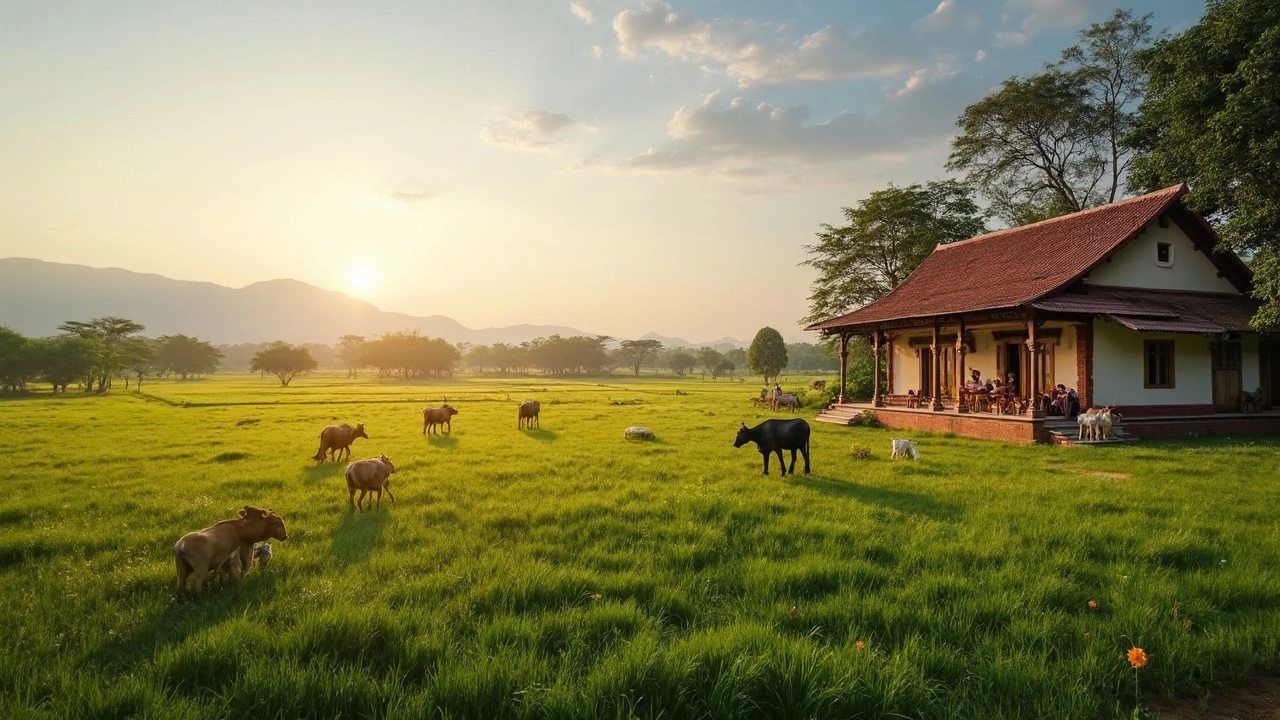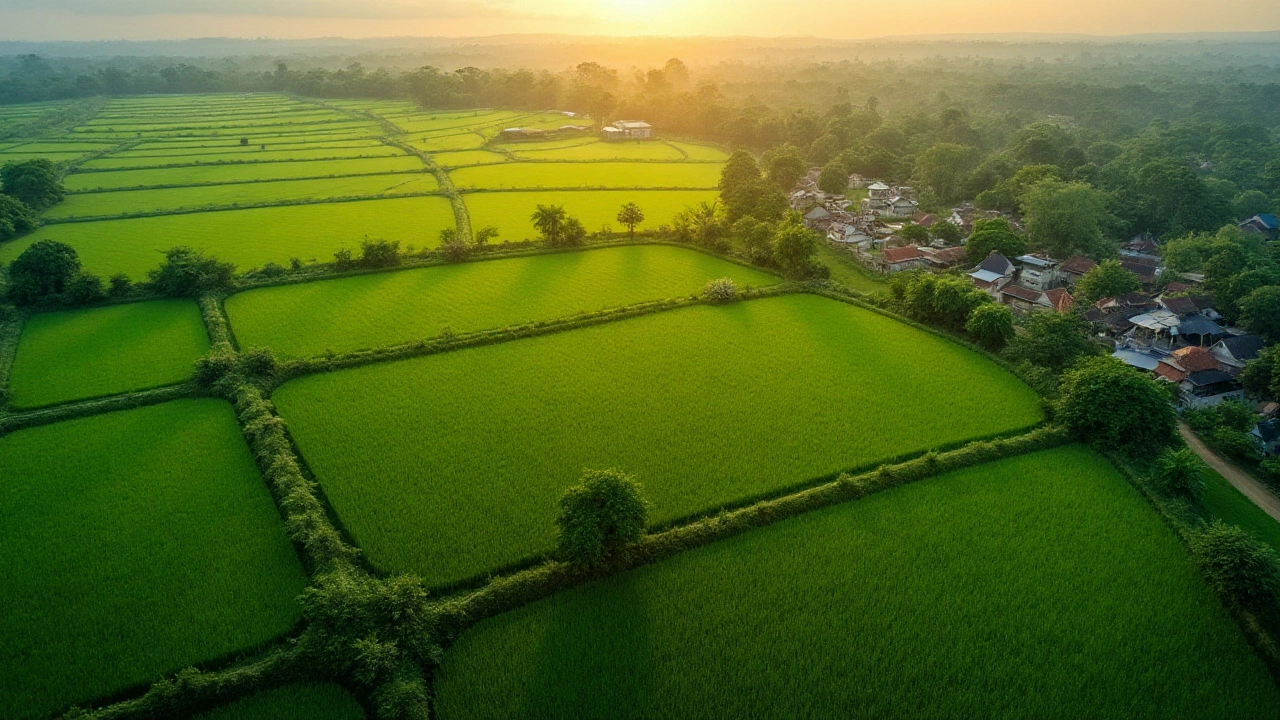Land Size – Simple Ways to Measure and Picture Property Space
When you look at a plot of land, the first question is often “how big is it?” Knowing the exact size helps you decide if a place fits your plans, whether you want to build a house, start a garden, or invest for the future.
Most listings give you numbers in square feet, acres, or hectares. If you’re not used to these units, it can feel confusing. The good news is you can turn any measurement into something you can picture in your mind.
Common Units and Quick Conversions
In India and many countries, land is shown in square feet (sq ft). One acre equals 43,560 sq ft, and one hectare equals about 107,639 sq ft. If you see 10,000 sq ft, that’s roughly 0.23 acre. A quick trick is to remember that a 10,000 sq ft lot is about the size of a standard basketball court.
For those who work with acres, think of an acre as a square about 208 ft on each side. If a property is listed as 2 acres, imagine two of those squares placed side by side. Converting to hectares is easy: divide acres by 2.47. So, 5 acres become roughly 2 hectares.
Visual Tricks to Grasp Land Size
Numbers become clearer when you compare them to familiar objects. One football field (including end zones) covers about 1.32 acres. If a plot is 3 acres, picture three football fields side by side. This visual works well for larger parcels too—think of a soccer field, a city block, or even a parking lot.
Our own article “How Many Football Fields Is 1 Acre?” shows the exact comparison, and the “Best Soil in the US” piece explains why soil quality matters once you know the space you have. Use online mapping tools to draw the boundaries of a property; the tool will often display the area in your preferred unit.
For buyers, always double‑check the listed size with local land records. Mistakes happen, and a small error can turn a great deal into a disappointment. If you’re unsure about the shape, ask for a site plan. Irregular lots can feel smaller or larger than they appear, depending on the layout.
When planning a build, consider setback rules and open‑space requirements. Even if you have 2 acres, local zoning might limit how much of that area you can actually use for a house or garden. Knowing the usable portion early saves time and money.
Finally, think about future needs. If you plan to add a pool, a guest house, or expand your garden, add a buffer to the size you need now. A 5 % extra margin is a simple way to avoid feeling cramped later.
Understanding land size is all about turning numbers into pictures you can relate to. Use the conversions and visual tricks above, check official records, and keep future plans in mind. With these steps, you’ll feel confident about any plot you consider.
Is 10 Acres Considered a Ranch? Size, Uses, and Buying Tips
by Arjun Mehta May 15 2025 0 VillasWondering if 10 acres counts as a ranch? Here's what you need to know about land size, how it's used, and if 10 acres fits the common ideas about ranches. Get tips on what you can do with 10 acres, from keeping animals to building your dream villa. We'll bust common myths about ranch sizes, give you real-world examples, and help you decide if 10 acres makes sense for your goals. Spot the difference between a ranch and other rural properties. Ready to see if 10 acres is enough for your ranch dreams?
READ MOREUnderstanding the Size of 5 Acres: A Visual Guide
by Arjun Mehta Dec 14 2024 0 Real EstateExploring the true size of a 5-acre plot can be challenging without a visual reference. This article breaks down what 5 acres look like by comparing it to familiar spaces and structures. Discover fascinating insights and practical tips for potential land buyers or anyone curious about land dimensions. Understand how this specific land size transforms in different contexts and why it matters in real estate.
READ MORE
